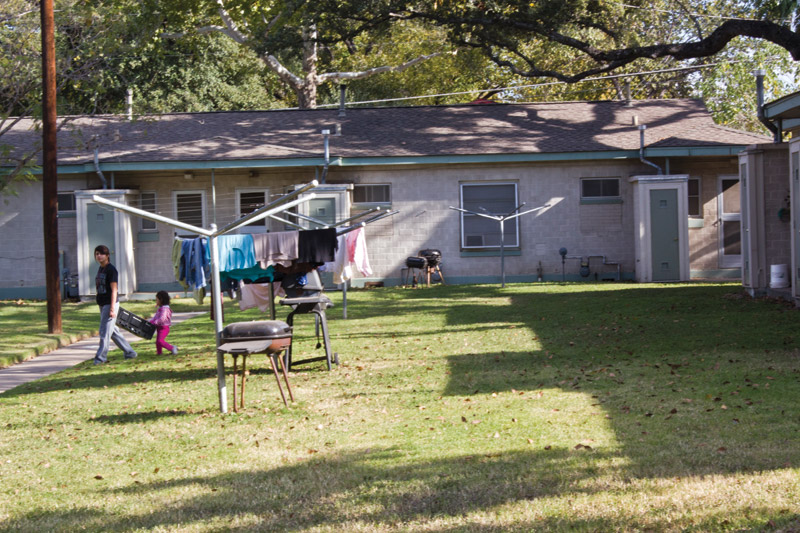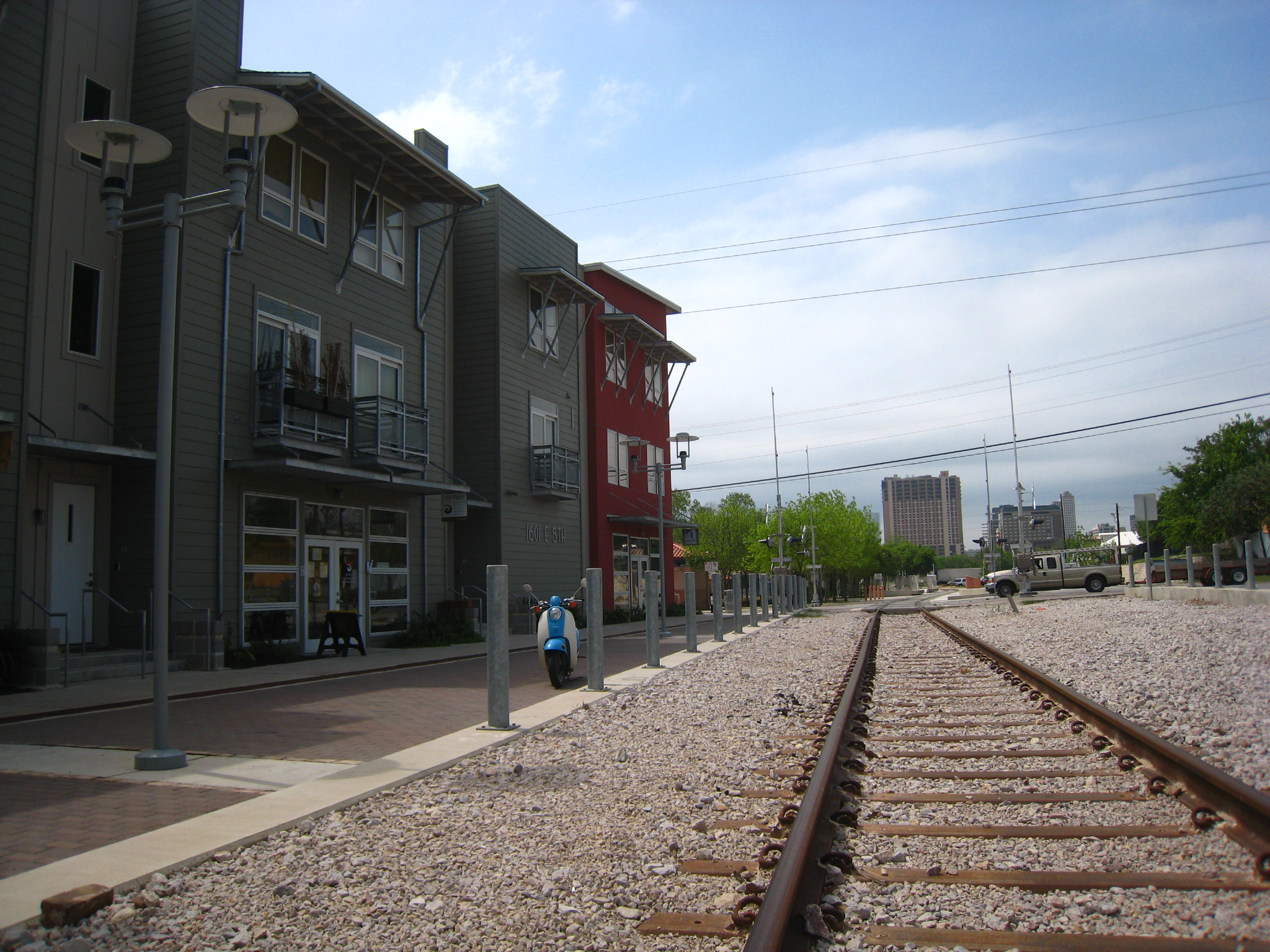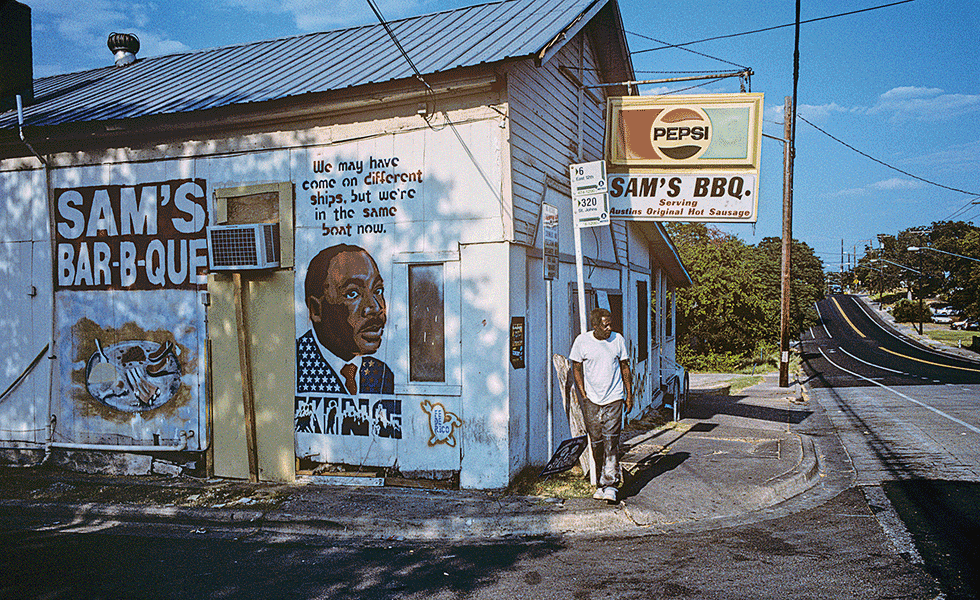
I’ve Lived in East Austin for 60 Years, and I Don’t Recognize it Anymore
As gentrification reshapes my neighborhood, I fear we’re losing something of real value to our city.
As the cost of living in Texas’ cities continues to climb, gentrification is reshaping neighborhoods across the state. These changes might be starkest in East Austin, where small midcentury homes are giving way to $700,000 duplexes. A Whole Foods will soon open not far from Chalmers Court, one of the nation’s oldest public housing projects. In one pocket of East Austin, a University of Texas report found last year, there are now more dogs than children. The owner of Sam’s BBQ, a longtime gathering place for the East Austin’s dwindling African American community, recently turned down a $5 million buyout.
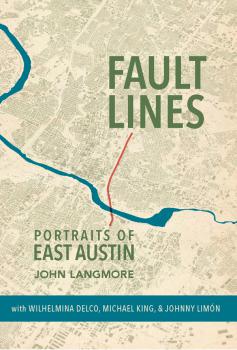
By John Langmore
With Wilhelmina Delco, Michael King, and Johnny Limón
Trinity University Press
$29.95; 176 pages
Buy the book here.
In a new book of East Austin portraits, photographer John Langmore documents the neighborhood’s vibrant Black and Latinx culture. Langmore’s candid scenes show a rapidly disappearing way of life: Two men ride horses under Highway 35 on Juneteeth; patrons chat in a barbershop waiting room; kids squirm in the pews of Cristo Rey Catholic Church during Semana Santa (Holy Week).
The book also includes essays by longtime community leaders Johnny Limón and Wilhelmina Delco. We’ve excerpted Delco’s full essay below.
*
What I fear most is that one day my grandchildren and great-grandchildren will never know that a thriving Black community ever existed in East Austin.
When I moved here in 1957 with my husband, Exalton, so he could pursue his doctoral degree, East Austin north of Sixth Street was a complete community for Austin’s Blacks. The crime written about and feared by so many never really existed, because we all knew each other and had too strong a sense of community and pride in what we had created. We had everything we needed to support ourselves—stores, banks, churches, and a college older than the University of Texas—all run by and for the benefit of Austin’s Black community. The Victory Grill brought in some of the best Black musical talent the country had to offer, Anderson High School had the state’s best marching band, and with Huston-Tillotson College, as it was known back then, we could educate our children from kindergarten through college without ever leaving the neighborhood. We never even had to cross Interstate 35 except to go to work.
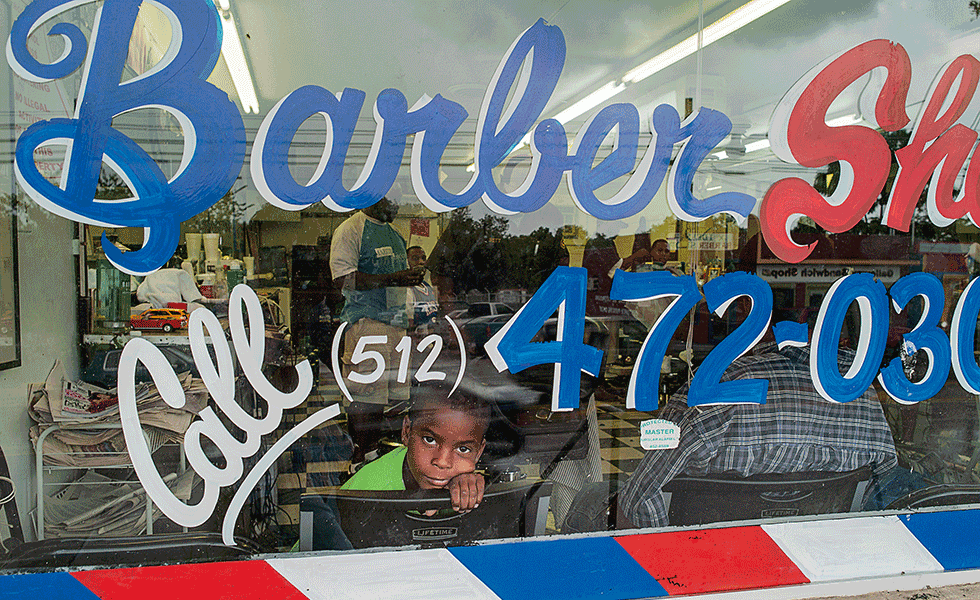
As an African American couple, we weren’t allowed to live in the University of Texas married student housing in West Austin, so Exalton and I stayed in veterans housing on the Huston-Tillotson campus. We later moved to a house on Astor Place, the one we live in today, on what was known as a street of educators. Dr. Charles Akins, the descendant of sharecroppers who went on to be the first Black teacher and principal in Austin’s integrated schools, was my next-door neighbor. If someone on our street passed away, they would barely be pronounced dead before someone was at your door collecting money so we could have a wreath at the funeral. If someone’s children were thinking about going to college, we all gave them advice and told them what to expect.
Eleventh Street was our downtown. It was full of businesses we cared about, and we all knew the proprietors of each one. Churches, beauty salons, and barbershops were scattered across East Austin and served as gathering places. Our neighborhoods had comfortable single-family homes, green lawns, libraries, parks with pools, sidewalks, and beautiful trees. The full socioeconomic spectrum was represented with no conflict between them. East Austin still has these qualities, which surprises some people.
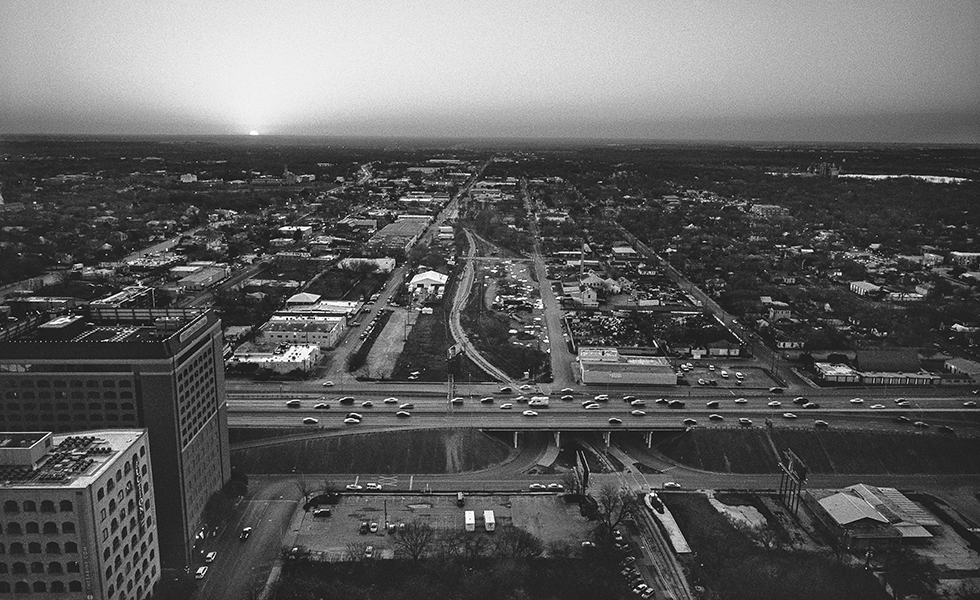
I certainly don’t begrudge anyone the right to move to East Austin. It’s always been a welcoming place and remains so today. Blacks were ostracized from West Austin for so long, and I couldn’t stand to be accused of that same discrimination. But the more we improve East Austin, the more attractive it becomes to others. It’s inevitable that the neighborhood absorbs the people who move here and their culture, and this dilutes what existed before. I just hope it doesn’t result in the complete loss of East Austin’s Black identity or respect for what the Black community contributed to Austin’s history and diversity. Just the other day my granddaughter, who lives in New York, brought me a bag of kale chips she bought on Manor Road. I couldn’t believe it—in East Austin! I don’t in any way resent these changes, but kale chips and $10 smoothies weren’t made for East Austin’s Black community. It’s for the new folks moving in.
A longtime resident down the street recently passed away, and his children didn’t want to move into the house, so they sold it—for $357,000. That is simply unbelievable. When I moved here you could have bought all of East Austin for that amount of money. Black families who grew up here, with kids who are now comfortably middle-class, have to move out of East Austin to afford a home and schools they can enjoy. It’s happening in my own family. Only one of my three daughters feels she can afford to live here. The others moved to Pflugerville and North Austin.
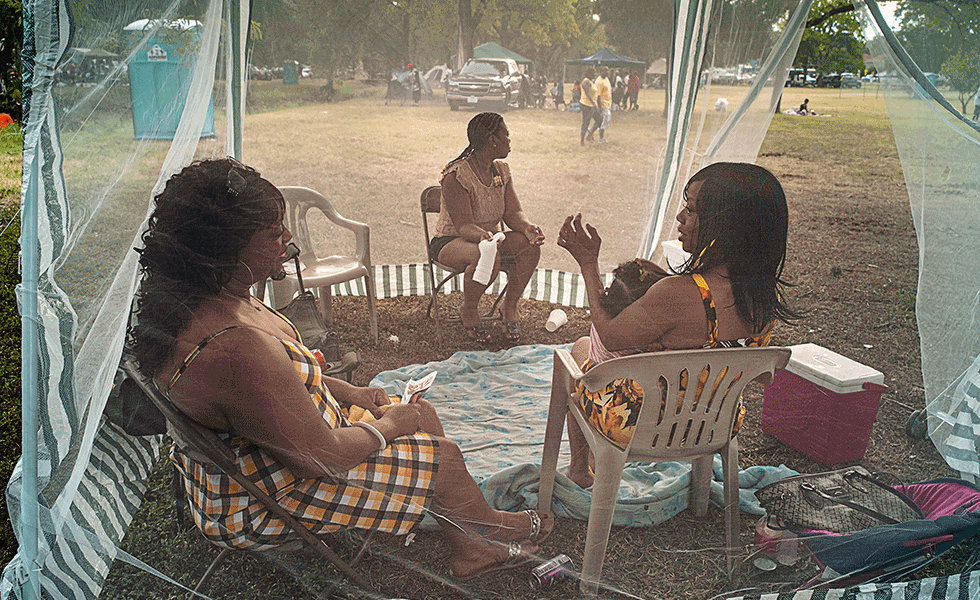
It is sad to me that when African Americans arrive today they have a hard time finding Austin’s Black community and culture. An executive who transferred here from out of state had to follow a Black family home from Sears just to find the barbershops and Baptist churches that serve the community. Another woman who recently moved to Austin asked me, “Where are we?”
That change has happened quickly, and I fear we’re losing something of real value to our city, both in terms of a history and for Black people. My plea is simply that all this change not come at such a high cost—that is, that Austin not forget the important contribution East Austin’s Black community made to the city. When the city wouldn’t hook up utilities for Black families trying to move into West Austin, the Black community didn’t roll over. We endured and set up a rich community that in many ways was better than what we saw west of East Avenue (now Interstate 35). Those generations of African American families deserve to be remembered for what they gave to our wonderful city.
Excerpted from Fault Lines: Portraits of East Austin (Trinity University Press, October 2019).
Read more from the Observer:
-
The Rural Health Care Crisis, Mapped: Texas is facing a rural health care crisis. How many doctors are in your county?
-
On Rodney Reed Case, Greg Abbott Gets a Political Reprieve: A last-minute court intervention relieved political pressure on the Texas governor, who was ultimately able to keep his capital punishment bona fides intact.
-
John Cornyn’s Weaselly Immigration Record: How to say one thing and do another.
